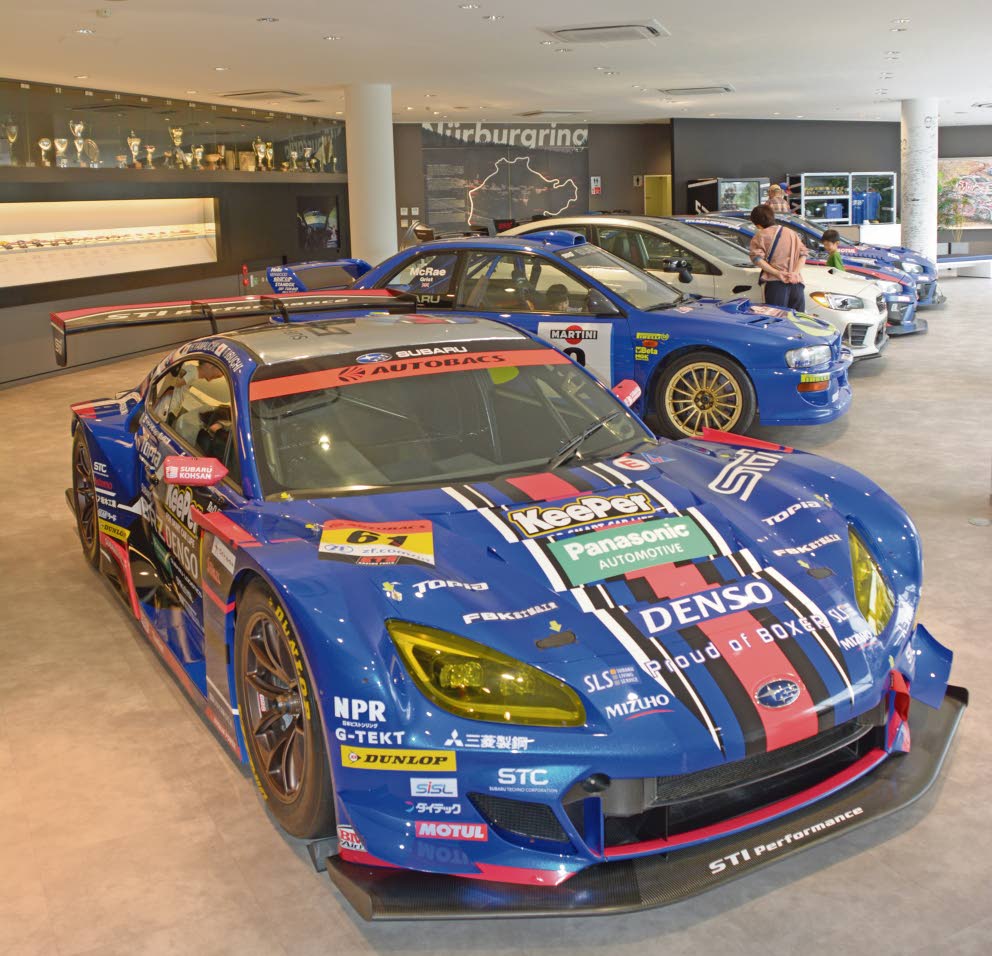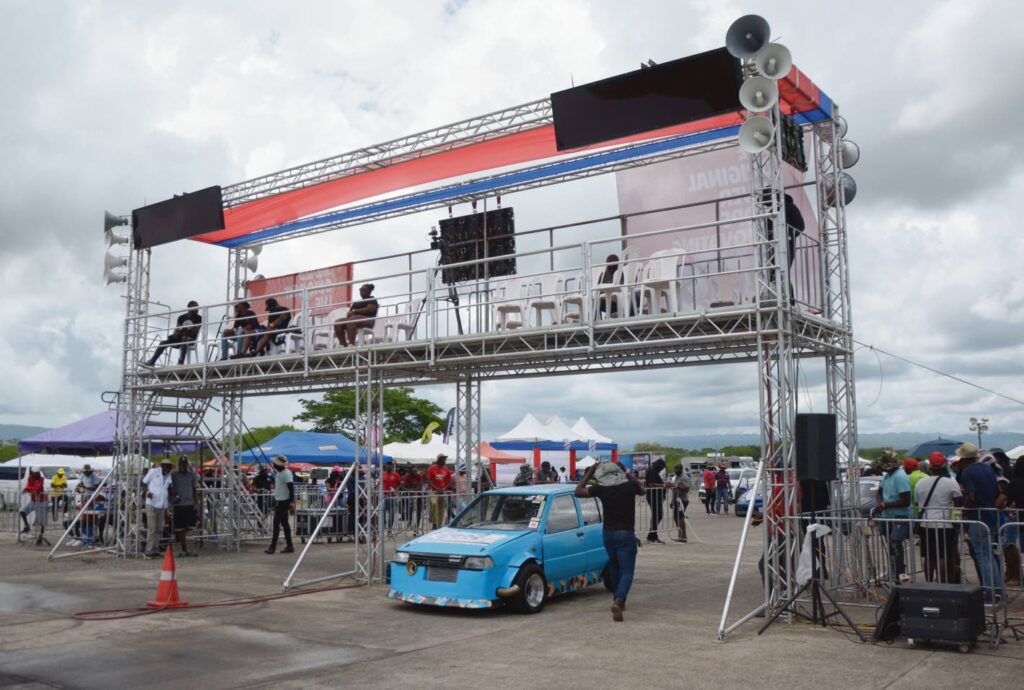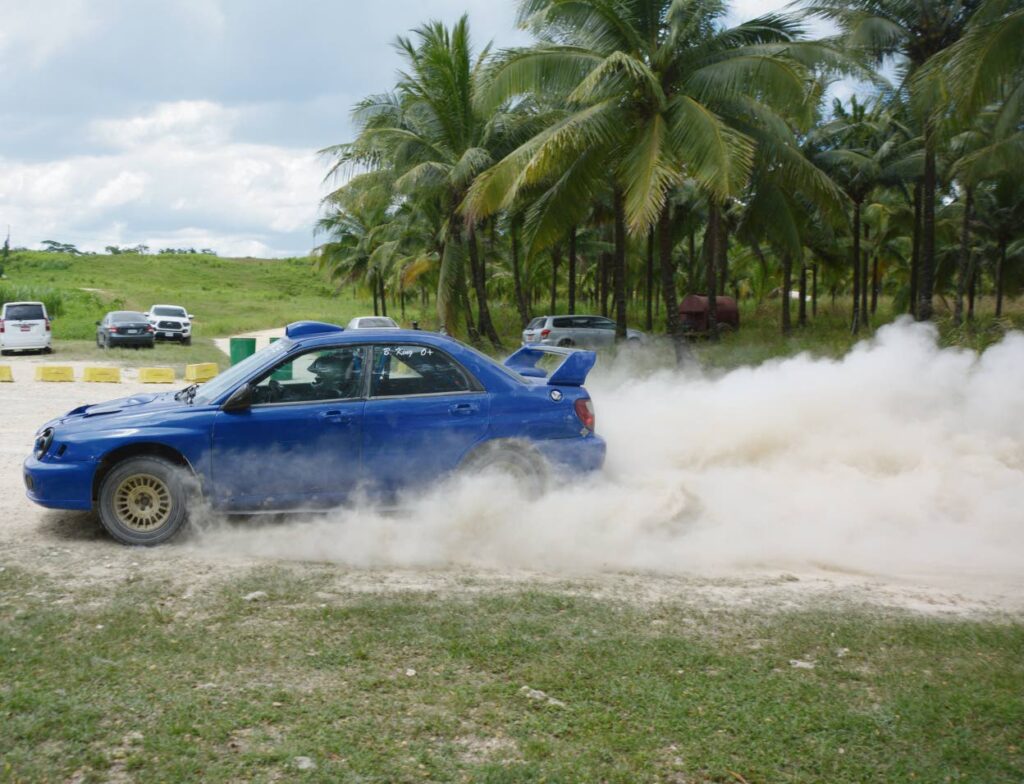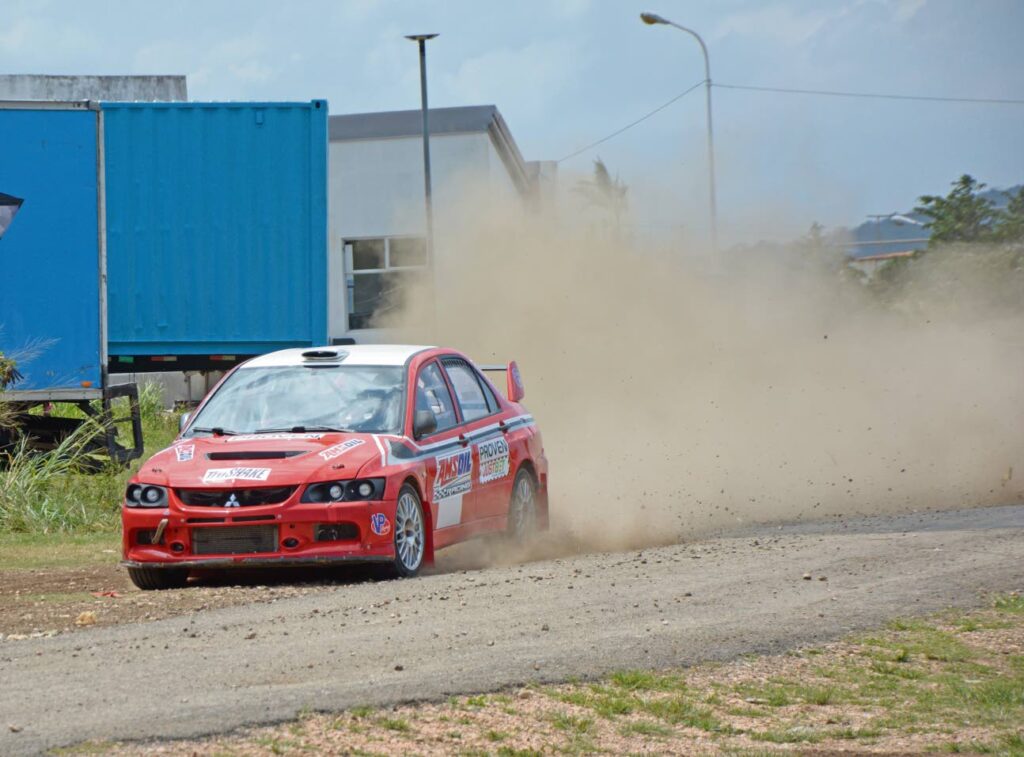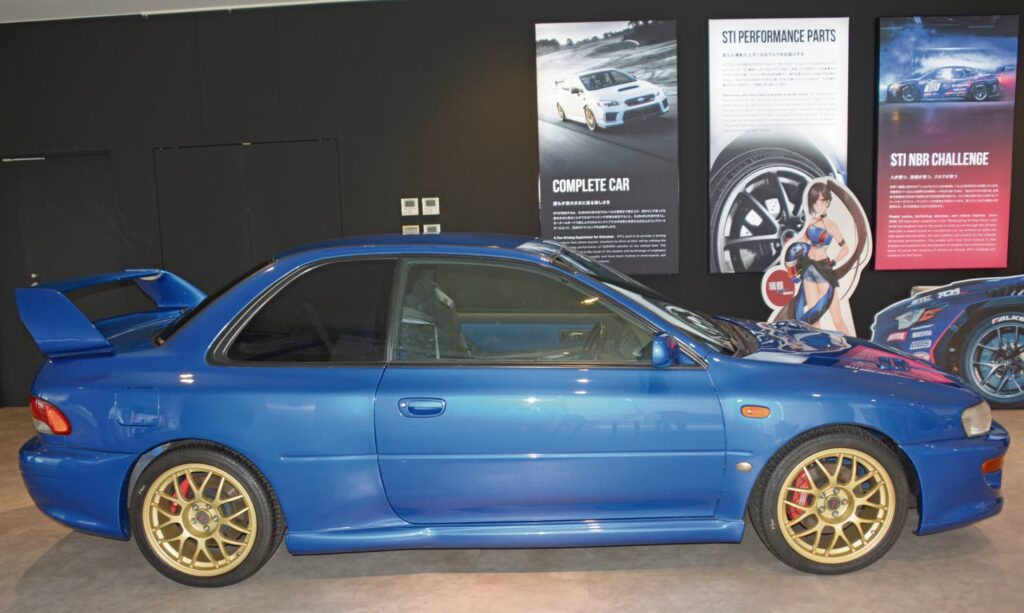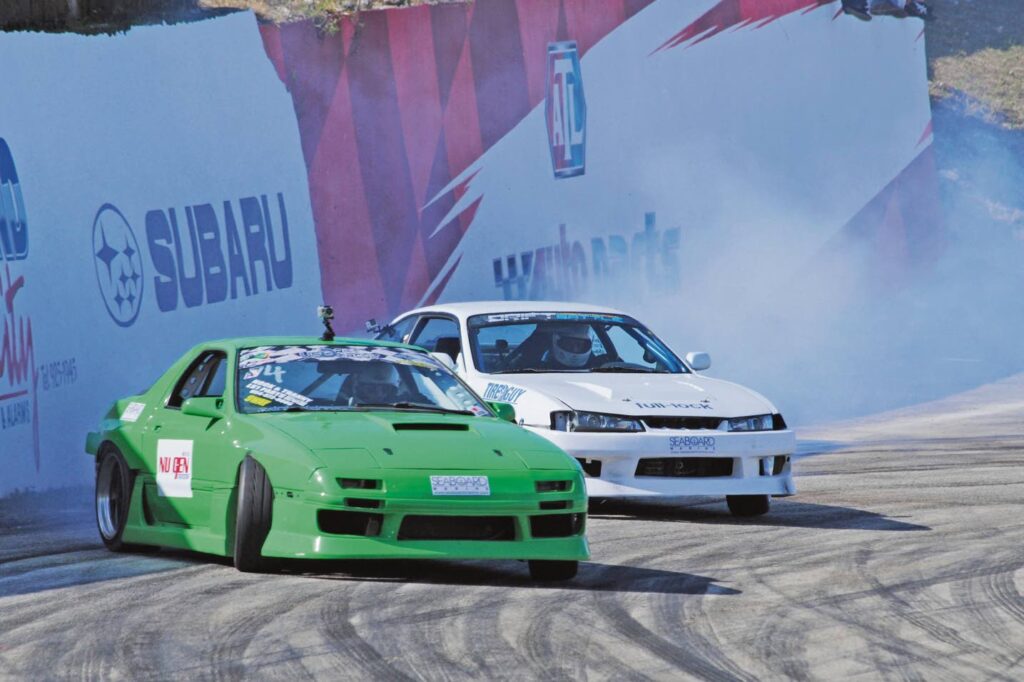The Subaru Impreza 22B STi on show at The STI Gallery is not just any other 22B STi, it’s one of the three prototypes made. It’s also not off-limits for visitors. (Photo: Rory Daley)
The only thing more low-key than The STI Gallery in Mitaka City, Tokyo, Japan, is the significance of several of its display vehicles.
Even to the Subaru faithful there might be only a surface understanding of the historical relevance of any car on show at the location. There is one such race car, but its importance begins a bit earlier on the other end of the gallery.
A Subaru Impreza 22B STi is already a sight. Created to celebrate Subaru Tecnica International’s (STI) rallying success on its 40th anniversary, only 424 units were manufactured during the months of March and August 1998, the entire allocation was sold out in reportedly two days. Four hundred were for the Japanese market, and 24 for several export markets.
Along with the exclusivity has come value as JDM cars have gained positive impact in the classic car collector market, and to many a Subaru fanatic this is the ultimate Impreza, drawing directly from the motorsports parts bin STI had access to.
That direct line sits a few metres away in R14 WRC. If seeing the 22B STi wasn’t amazing enough, then looking at the face of one of the Subaru gods is nirvana. Layer on top of that, the crew that drove R14 WRC, then heavenly is the only word to describe the experience.
The story really begins in 1997 when the World Rally Championship moved from the Group A regulations to that of the World Rally Car (WRC). In a bid to increase participation the new specification no longer required the expensive proposition of having to create 2,500 production units of a model meant for competition in a year.
Under the Championship rules, any vehicle with an annual 2,500 production run could be converted into a WRCar containing a 2-litre turbocharged motor, and four-wheel drive, to name a few technical elements.
Subaru jumped on the bandwagon, converting the successful Group A GC model Impreza into a WRCar in 1997. As the new category allowed more technical freedom, famed British automotive designer Peter Stevens was brought on board. The man behind the likes of Jaguar XJR-15 and the iconic McLaren F1 altered the bodywork of the standard STI sedan to meet the aerodynamic and dimensional requirements. The changes are obvious, but the two standouts are the switch to a two-door coupe and a widebody. Then in 1998 the Subaru Impreza 22B STi hit the road as its WRCar parent continued to compete on the rally stages of the world.
STI Gallery is home to one of the three 22B STi prototypes. Visitors can easily verify this by opening Subaru’s signature frameless doors, dropping down behind the Nardi steering wheel and touching the plaque at the base of the centre console indicating such. Should they choose to look up through the windshield they would see its competitive genesis in the form of R14 WRC.
There is no such thing as just another WRCar. Any WRCar is a thing to behold. R14 WRC is a 1998 Subaru Impreza WRCar, chassis number 26 of the several that were a partnership between STI Japan and Prodrive in Europe. Don’t believe, check the left strut tower. The car saw action in Italy at the Corsican Rally. Even better, it has remained untouched in tarmac trim after finishing third at that event. This makes the ability to sit in it an experience, due to the names gracing its rear windows, Colin McRae and Nick Grist.
The first name, and larger font, will bring not just Subaru enthusiasts to tears, but rally fans in general as well. McRae’s name alone transcended the sport of rallying with his more than enthusiastic driving style. He and the Subaru brand are forever entwined, having delivered their first driver’s championship title in 1995 and being a part of their hat-trick of WRC constructors’ titles from 1995 to 1997.
Being nice, respectful, displaying reverence, and asking can result in the next level, having R14 WRC opened with the implied permission to sit where two of the greatest in rallying once sat. It is for this reason that places such as STI Gallery exist.
The EJ20, as tuned by STI, remains a force in motorsports to this day. (Photo: Rory Daley)


